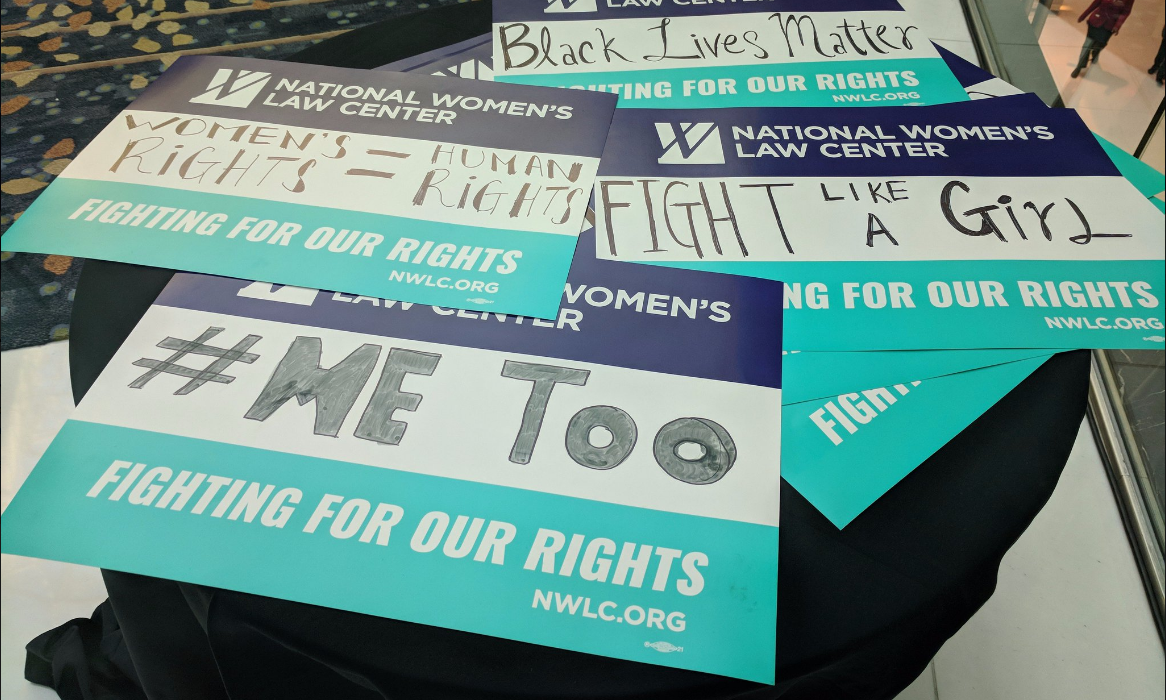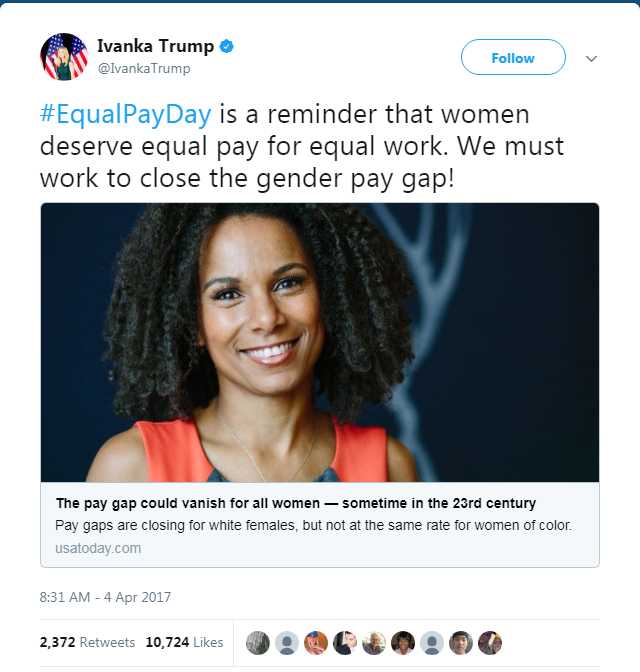New Year, New Resolutions, the Same… Wage Gap? Pay Transparency Can Help!

You have been lingering on LinkedIn for months when, finally, you find a job that’s exactly what you’re looking for. You edit your resume. Write a cover letter. You’re happy when you get the interview and thrilled after you absolutely crush it.
So, what’s the catch? Well, the hiring manager refuses to tell you what the salary for the position would be… until after you tell them what you’re hoping to make. Did you ask for too much? Too little? Can you be sure you are being paid fairly?
And when they finally do reveal the salary—which happens after you get the final offer—it is not nearly enough to support yourself or your family.
This delayed reveal is a common practice for many employers, to the detriment of women, especially women of color, and to the perpetuation of the gender wage gap.
On the first day of 2023, three states will be the latest to tackle this persistent issue with newly enacted salary range transparency laws. In California and Washington, employers with 15 or more employees will be required to include the salary range in a job posting, while employers in Rhode Island will have to share the salary range with a job candidate before discussing compensation and upon an applicant’s request.
Studies have shown a link between pay transparency and the narrowing of the gender wage gap. In the public sector, where government agencies typically have transparent and public pay structures, women were paid about 93 cents for every dollar paid to men. By contrast, women working full time, year-round in all sectors are paid only 84 cents for every dollar paid to a man.
A recent study also showed that when salary ranges are posted publicly, they tend to be higher, suggesting that greater transparency can help increase pay.
Pay transparency will help businesses too. When a company publicly posts salary ranges, it incentivizes them to proactively review and evaluate their compensation practices and address any unjustified disparities between employees. This is good for employee loyalty and productivity and helps avoid liability. It also saves employers time because they are only interviewing candidates who are interested in the pay for the position. And in this tight labor market, many employers have begun posting salaries when they are not required to, finding that doing so helps attract potential employees. Indeed, workers are consistently demanding pay transparency, with one survey showing that 98% of workers believe that employers should share salary ranges in job postings.
In every single state, the lifetime career losses for women would amount to hundreds of thousands of dollars—and in over half the states, the lifetime losses amount to over $1 million for some women of color.
In the face of such glaring disparities, more and more state and local legislators are demanding salary range transparency as a way to further gender justice. Colorado was the first state to require salary ranges in job postings in a 2019 bill that went into effect in 2021. In 2022, New York passed their own salary range posting bill (it has yet to be signed by the governor). Before New York state, New York city passed their own salary range posting requirement earlier this year. And in 2021, Connecticut and Nevada passed legislation requiring salary range transparency at some point in the hiring process, while Maryland has required employers to provide applicants with salary ranges “upon request” since 2020. Now, legislators from Georgia to Massachusetts are introducing bills that require employers to share salary ranges with job applicants, and sometimes employees.
Pay transparency laws are a crucial component in our ongoing fight to narrow the gender wage gap. It is long past time that women, especially women of color, are paid what they’re owed. And states are bringing forth that much needed solution.
Read our factsheet here: Salary Range Transparency Reduces Gender Wage Gaps





